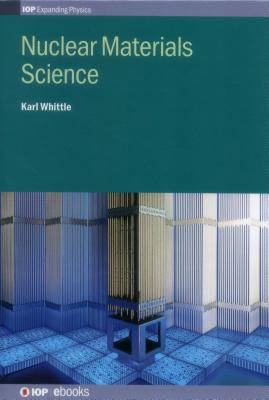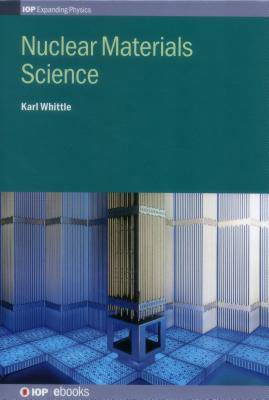
- Afhalen na 1 uur in een winkel met voorraad
- Gratis thuislevering in België vanaf € 30
- Ruim aanbod met 7 miljoen producten
- Afhalen na 1 uur in een winkel met voorraad
- Gratis thuislevering in België vanaf € 30
- Ruim aanbod met 7 miljoen producten
Zoeken
€ 242,95
+ 485 punten
Omschrijving
Concerns around global warming have led to a nuclear renaissance in many countries. Meanwhile, the nuclear industry is already warning of a need to train more nuclear engineers and scientists who are needed in a range of areas from healthcare and radiation detection to space exploration and advanced materials, as well as for the nuclear power industry. Here, Karl Whittle provides a solid overview of the intersection of nuclear engineering and materials science at a level approachable by advanced students from materials, engineering and physics. The text explains the unique aspects needed in the design and implementation of materials for use in demanding nuclear settings. In addition to material properties and their interaction with radiation, the book covers a range of topics including reactor design, fuels, fusion, future technologies and lessons learned from past incidents. Accompanied by problems, videos and teaching aids, the book is suitable for a course text in nuclear materials and a reference for those already working in the field.
Specificaties
Betrokkenen
- Auteur(s):
- Uitgeverij:
Inhoud
- Aantal bladzijden:
- 100
- Taal:
- Engels
- Reeks:
Eigenschappen
- Productcode (EAN):
- 9780750311052
- Verschijningsdatum:
- 5/08/2016
- Uitvoering:
- Hardcover
- Formaat:
- Genaaid
- Afmetingen:
- 185 mm x 259 mm
- Gewicht:
- 566 g

Alleen bij Standaard Boekhandel
+ 485 punten op je klantenkaart van Standaard Boekhandel
Beoordelingen
We publiceren alleen reviews die voldoen aan de voorwaarden voor reviews. Bekijk onze voorwaarden voor reviews.








